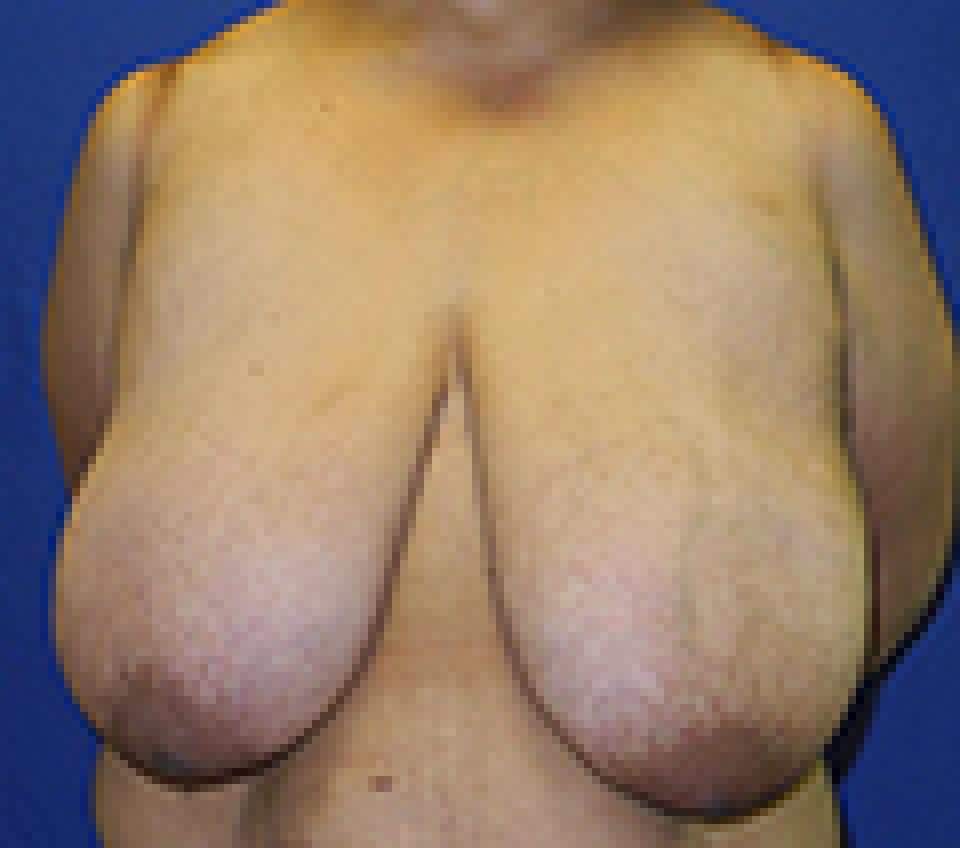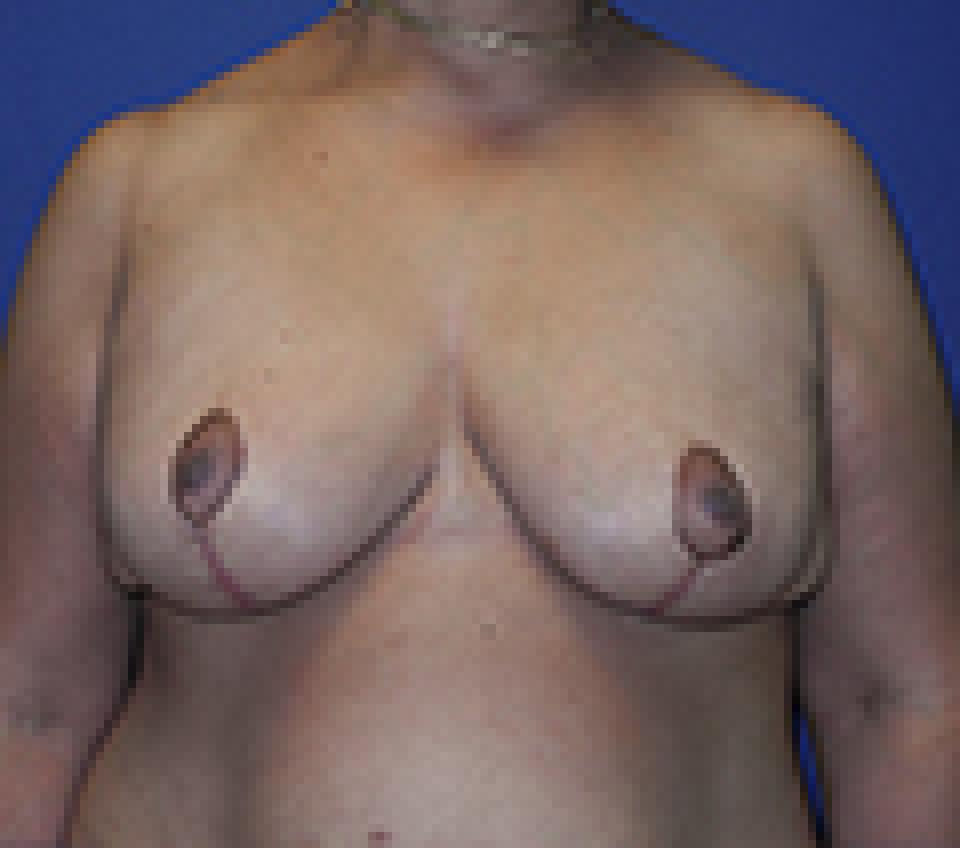Skin Tone
Skin has color. It may come from the materials that make the skin, from pigment(s) within the skin, or from the color of fluids flowing through the skin.
Without pigment or blood, the skin has a yellow to gray or translucent color, in the Caucasian with clear skin, “high” color in the cheeks is given by blood flow through the capillaries which can open or close according to circumstances: temperature; physical effort; emotion, etc. If the person suffers from cardiac failure or one of many pulmonary problems, the skin may be tinged blue (cyanosis) by the deoxygenated blood flowing in the capillaries.
Most persons have some degree of pigmentation of their skin. This is produced by melanocytes (formerly called melanoblasts) located in the deepest layer of the epidermis, immediately superficial to the dermis. These cells have long pigment-bearing processes which extend superficially between the other cells of the epidermal layer; the pigment then seems to be liberated and to move upwards to the surface as a fine “dust” into the outermost horny layer, stratum corneum.
These cells are under the control of the adrenal melanocyte stimulating hormone (MSH) itself under the control of adrenocorticotrophic hormone (ACTH), which explains hyperpigmentation found in Addison’s disease, an abnormality of adrenal cortex function. From tyrosine, catalyzed by tyrosinase at least two forms of melanin are produced. Of these, the black pigment, eumelanin, is most widespread through the skin and hair, and pheomelanin, a red pigment, is less widely distributed in red hair, the lips, vagina, glans of the penis and nipple of the breast.
The amount of melanin in the skin, and the character of the melanin, is controlled by the genes we inherit. It is accepted that melanin blocks ultraviolet light, and that increased deposition follows exposure to UV light (tanning), but most scientists abhor the teleological argument which postulates that Africans are dark because they live on the equator and need protection from the sun. Were that so one would have to explain why West Africans are more favored than East Africans, and the population of Ecuador living on the equator is hardly protected at all!
Although not apparently related to melanin, and possibly a factor of genetic influence concomitant with the gene that controls melanin formation, the surgeon knows persons with dark skin of African antecedence are 15 times more likely to develop excess thickening of their scars (keloid formation) than are those of Caucasian heritage with poorly pigmented skin.
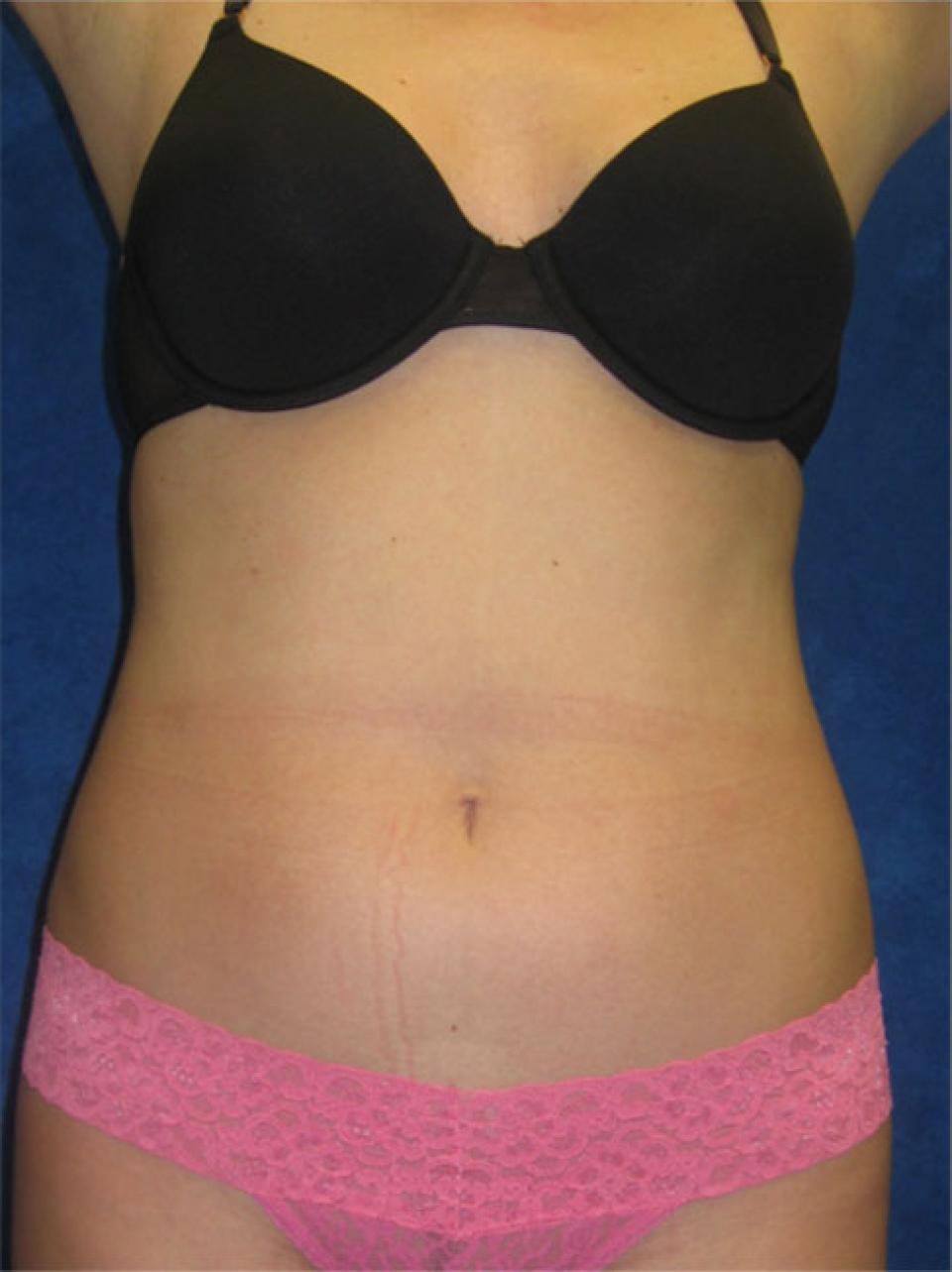 before
before
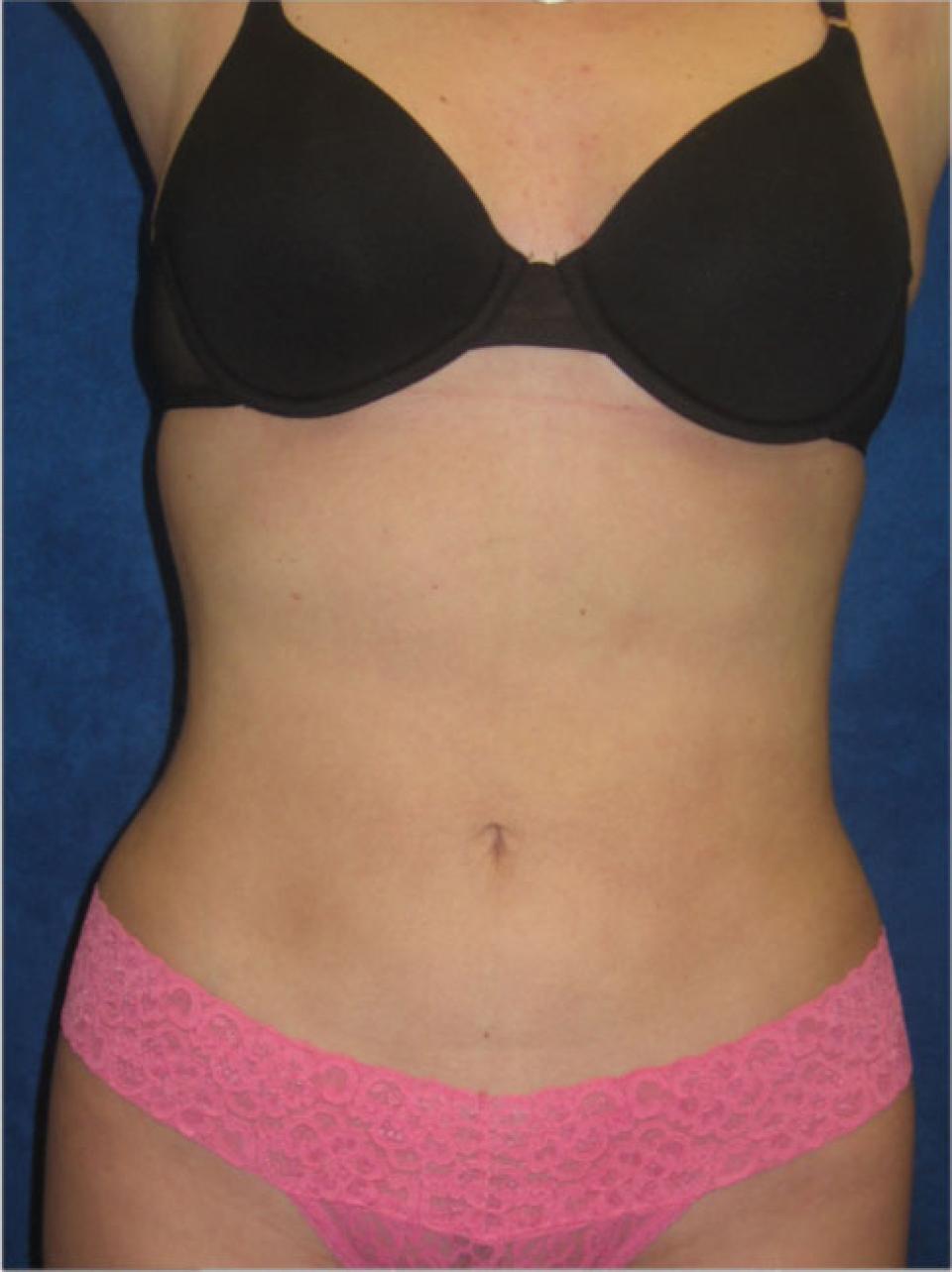 after
after
This case depicts a 33 year old woman who was fit, slender and had never been pregnant. She had, however, a genetic tendency to accumulate fat in the mid-body- front and back. Because she had excellent skin tone and skin elasticity, this type of individual was the optimal candidate for liposuction.
Once the excess fat is removed from beneath the skin, the skin will shrink down and hug the new body contour without any sagging. The incisions required for this type of body contouring are a few millimeters in length. Notice the significant change in this woman's body shape to a desirable "hourglass".
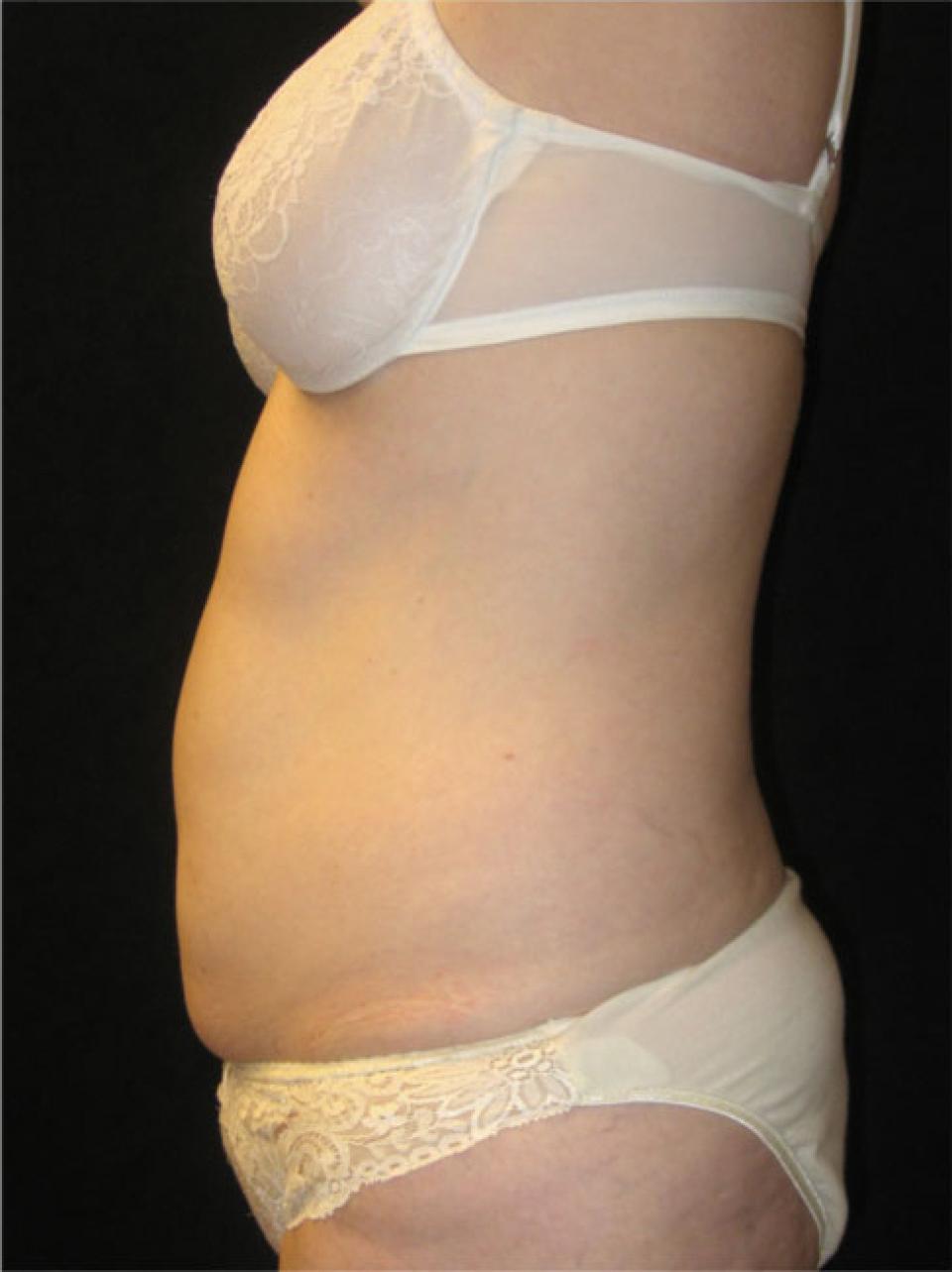 before
before
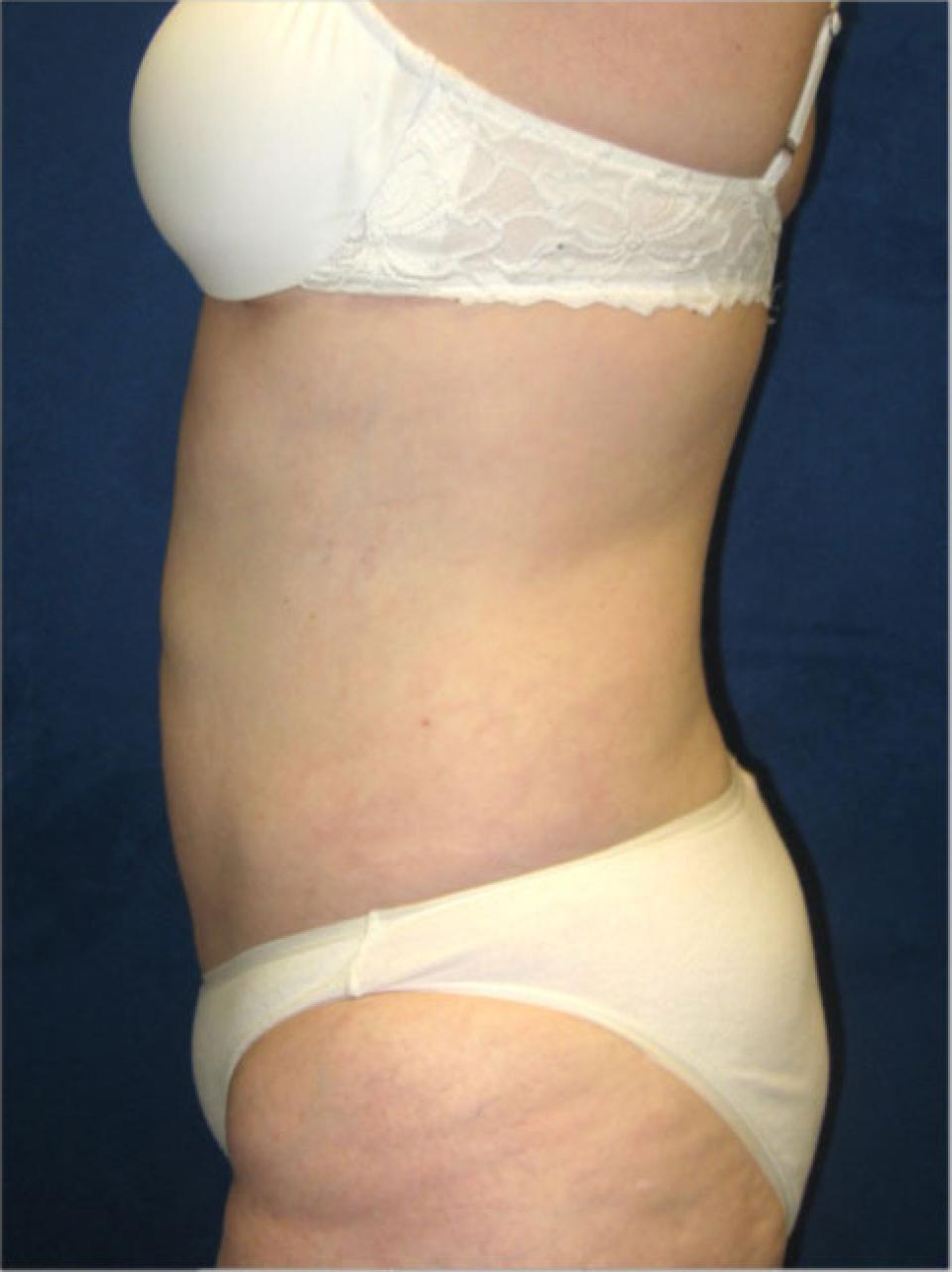 after
after
This case depicts a 41 year old woman who had borne one child via c-section. Because her skin had remained relatively undamaged by the distensing effects of pregnancy, she elected to undergo abdominal recontouring by liposuction, A previous pregnancy does not indicate that an individual is not a candidate for liposuction of the abdomen.
In some instances, both liposuction and an abdominoplasty may be possible. Each has different pros and cons, which must be discussed prior to selecting the appropriate method. The post-operative photographs depict this woman's appearance approximately 3 months after surgery.
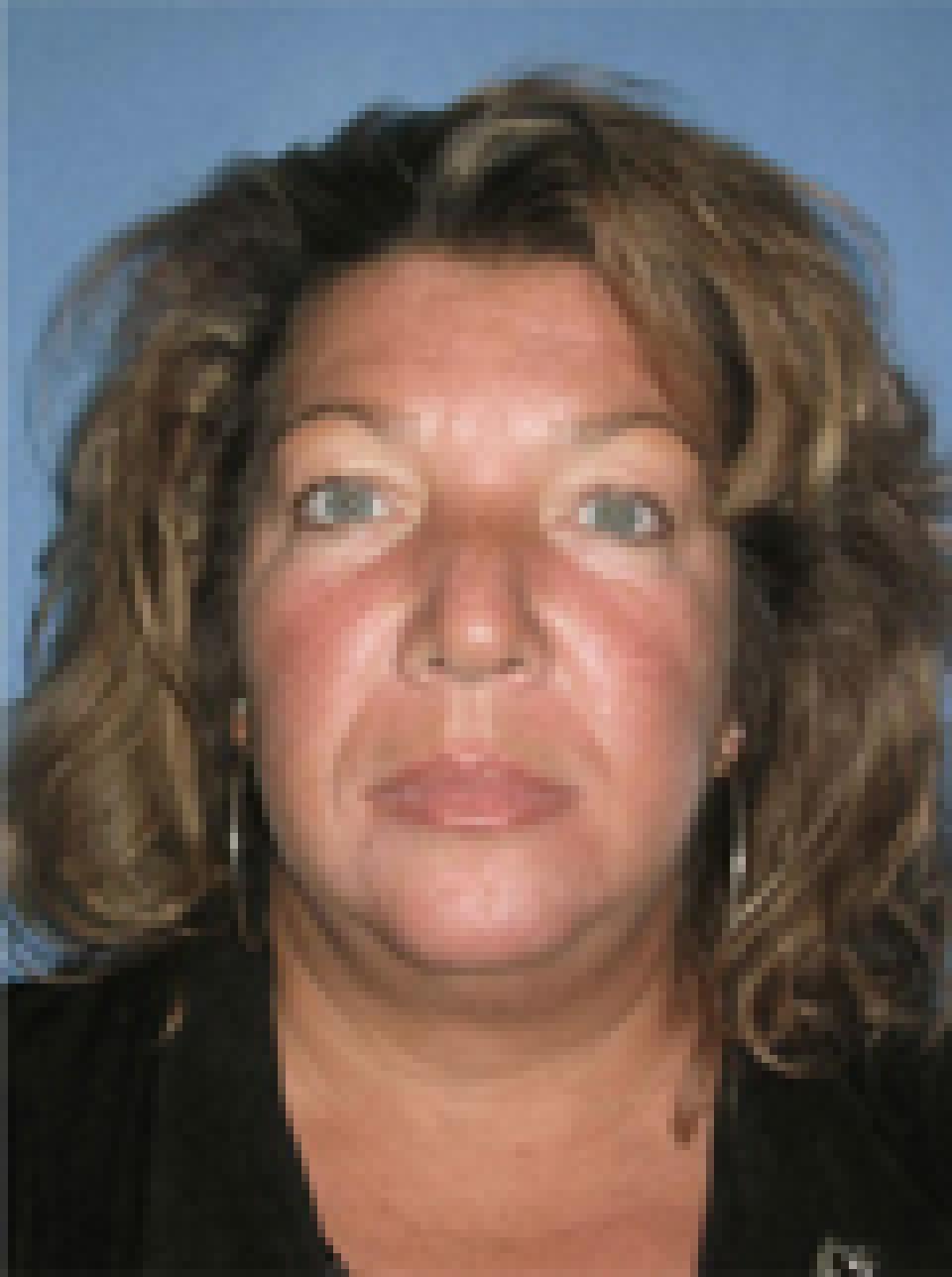 before
before
 after
after
This case depicts a 49 year old woman who wanted to achieve a more youthful appearance. She underwent an upper and lower eyelid lift, a midface lift and a short scar face lift with liposuction of the upper neck and jowls.
Her post-operative photographs show her approximately six weeks after surgery.
In appropriate individuals, liposuction alone can achieve a youthful, attractive appearance of the neck. This allows for shorter incisions and often a more rapid recovery.
 before
before
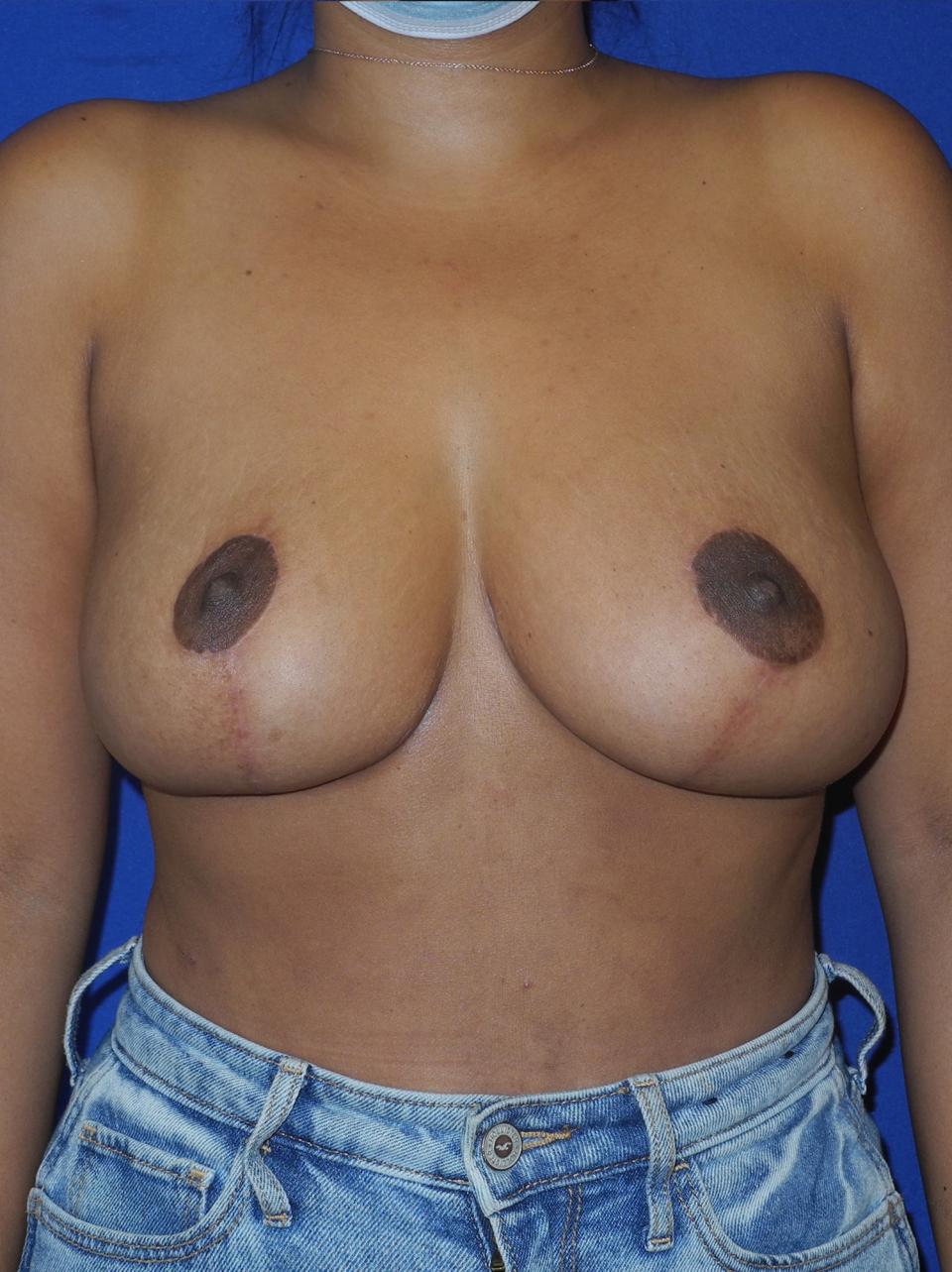 after
after
This individual underwent a breast reduction in which just over two pounds of weight was removed from the breasts. The breasts were shortened in length and lifted to give a rounder appearance. This photograph was taken at approximately four months following surgery.
Liposuction of the tissue that lies between the upper outer quadrant of the breast and the upper arm can decompress the density of tissue between the breast and the arm and improve the fit of certain types of clothing.
